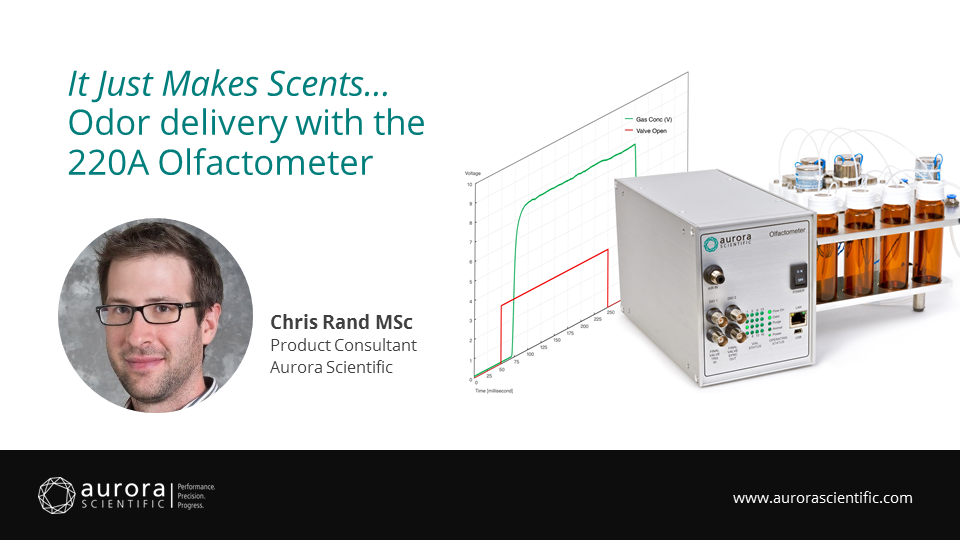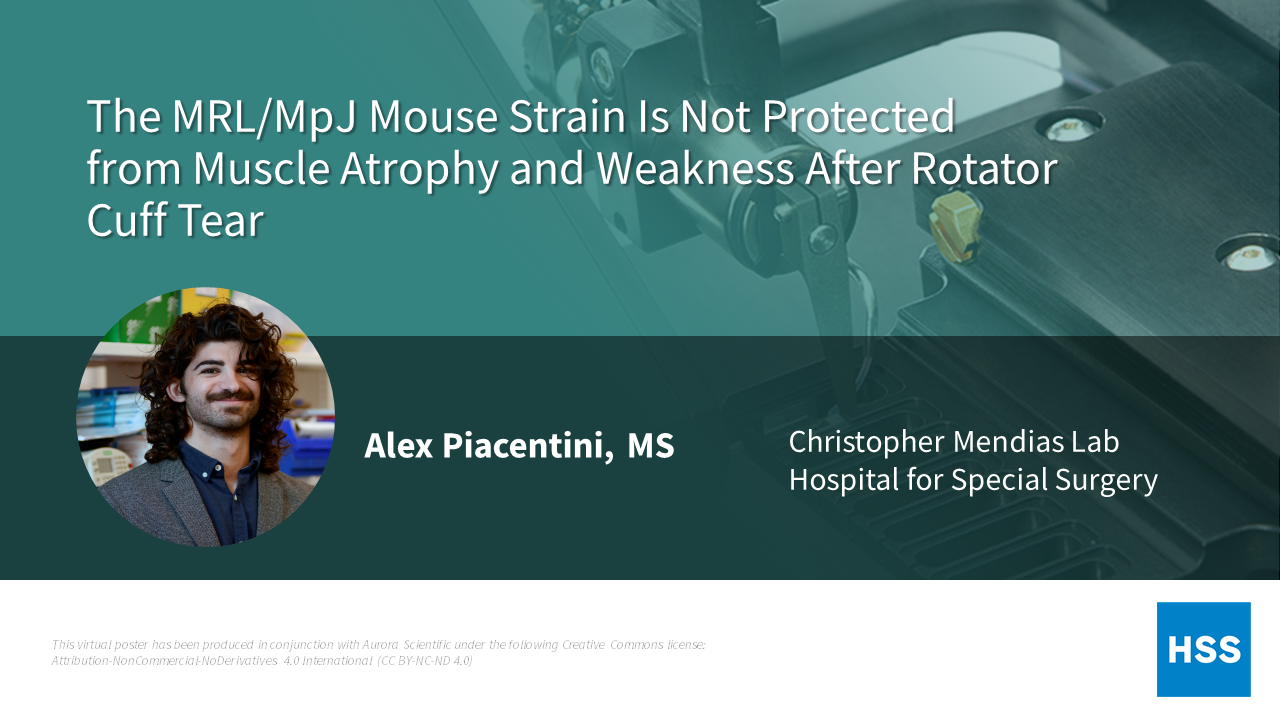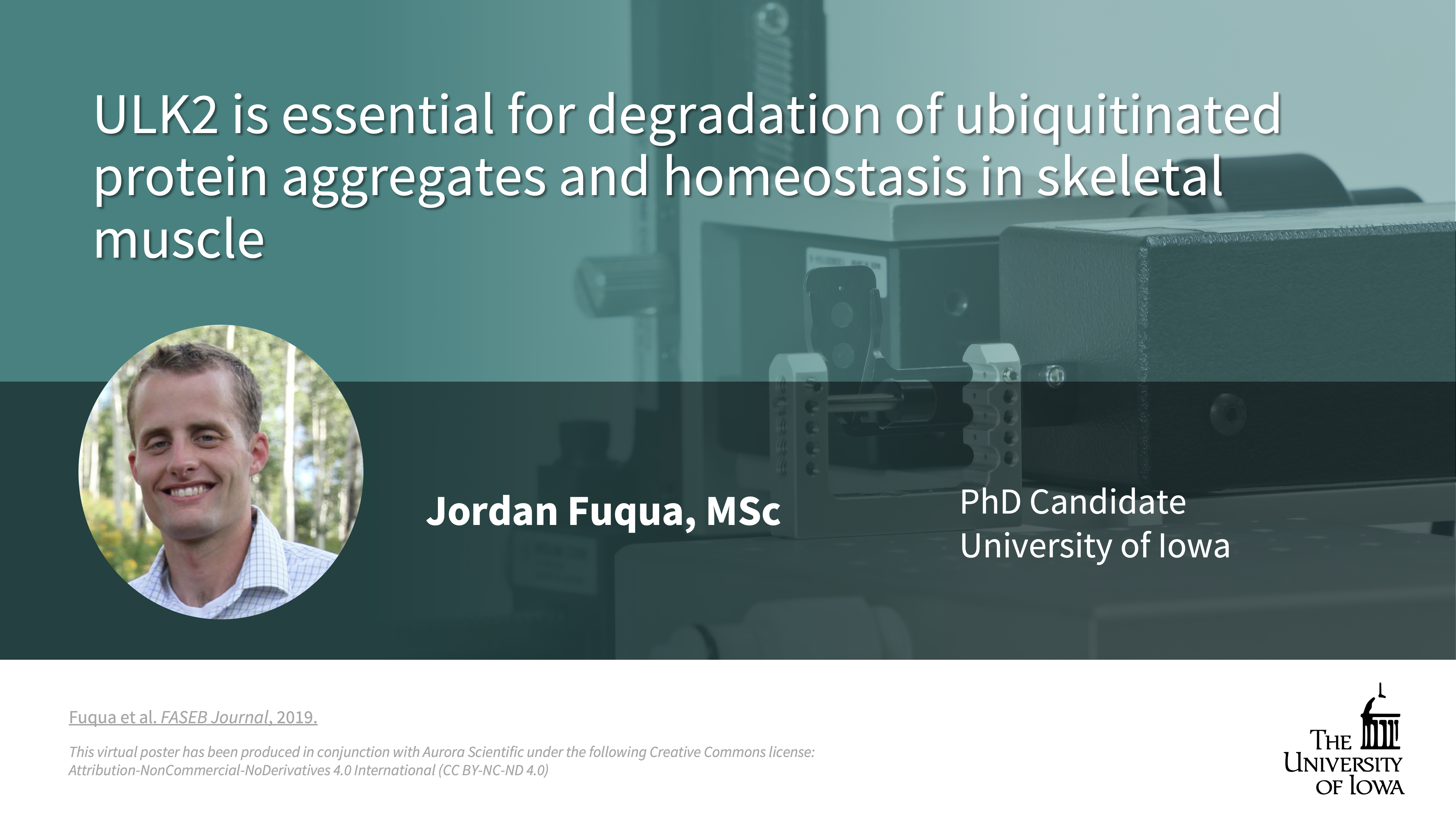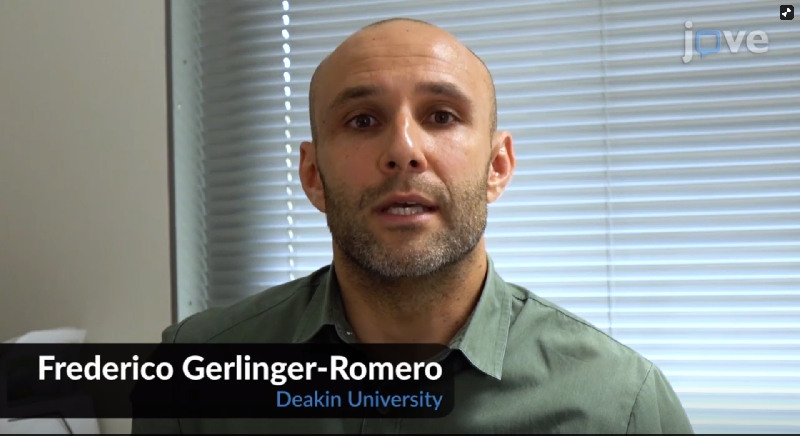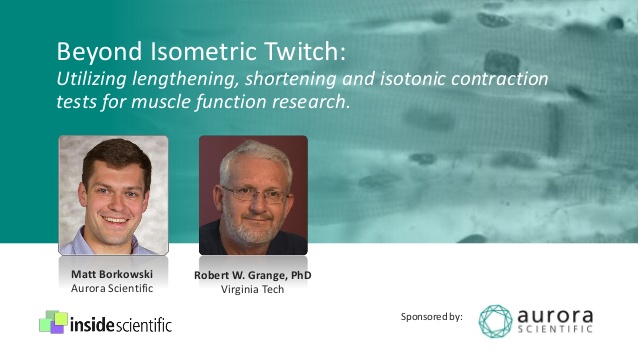It Just Makes Scents…Odor delivery with the 220A Olfactometer
The 220A Olfactometer by Aurora Scientific has been updated and during this tech cast, Chris takes viewers through live demonstrations while sharing tips, tricks and best practices for optimal ...
ASO-Mediated DNM2 Knockdown for Centronuclear Myopathies
During this virtual poster, Suzie presents research they have done to show that reduction of the large GTPase DNM2 in a mouse model of the X-linked form, due to loss of myotubularin phosphatase MTM1, ...
How to Plan and Execute Contractile Measurements in Permeabilized Muscle Fibers
WEBINAR: Matt Borkowski & Dr Tim West discuss how to plan and expertly execute contractile measurements in permeabilized muscle ...
Organize and Streamline Data Collection with DMC LabBook
In this four-part Tech Cast Series, Matt Borkowski takes the viewer though the key new features and upgrades to the new 615A - DMC LabBook Software. Watch the series from start to finish, or choose ...
The MRL/MpJ Mouse Strain is Not Protected From Muscle Atrophy and Weakness After Rotator Cuff Tear
During this virtual poster, Alex discusses how the MRL/MpJ mouse strain has been touted as a “superhealer”. However, varying tissues have been reported to display different levels of healing ...
ULK2 is Essential For Degradation of Ubiquitinated Protein Aggregates and Homeostasis in Skeletal Muscle
The goal of the Lira Lab is to understand how autophagy and other proteolytic processes are regulated in skeletal muscle as they play distinct roles in maintaining skeletal muscle homeostasis, ...
Non-invasive Assessment of Dorsiflexor Muscle Function in Mice
Frederico Gerlinger-Romero and colleaguesdescribe how to conduct repetitive, non-invasive in vivo assessment of the dorsiflexor muscles over time in the same ...
Applications of In Vivo Functional Testing of the Rat Tibialis Anterior for Evaluating Tissue Engineered Skeletal Muscle Repair
We describe an in vivo protocol to measure dorsiflexion of the foot following stimulation of the peroneal nerve and contraction of the anterior crural compartment of the rat ...
in-vivo Canine Muscle Function Assay
We describe a minimally-invasive and painless method to measure canine hind limb muscle strength and muscle response to repeated eccentric ...
Force Measurement During Contraction to Assess Muscle Function in Zebrafish Larvae
Force measurements can be used to demonstrate changes in muscle function due to development, injury, disease, treatment or chemical toxicity. In this video, we demonstrate a method to measure force ...
Evaluation of Muscle Function of the Extensor Digitorum Longus Muscle ex vivo and Tibialis Anterior Muscle in situ in Mice
Changes in limb muscle contractile and passive mechanical properties are important biomarkers for muscle diseases. This manuscript describes physiological assays to measure these properties in the ...
Isometric and Eccentric Force Generation Assessment of Skeletal Muscles Isolated from Murine Models of Muscular Dystrophies
Muscle function measurements contribute to the evaluation of potential therapeutics for muscle pathology, as well as to the determination of mechanisms underlying physiology of this tissue. We will ...
An in-vitro Adult Mouse Muscle-nerve Preparation for Studying the Firing Properties of Muscle Afferents
Muscle sensory neurons are involved in proprioceptor signaling and also report on metabolic state and injury related events. We describe an adult mouse in-vitro muscle-nerve preparation for ...
Measurement of Maximum Isometric Force Generated by Permeabilized Skeletal Muscle Fibers
Analysis of the contractile properties of chemically skinned, or permeabilized, skeletal muscle fibers offers a powerful means by which to assess muscle function at the level of the single muscle ...

